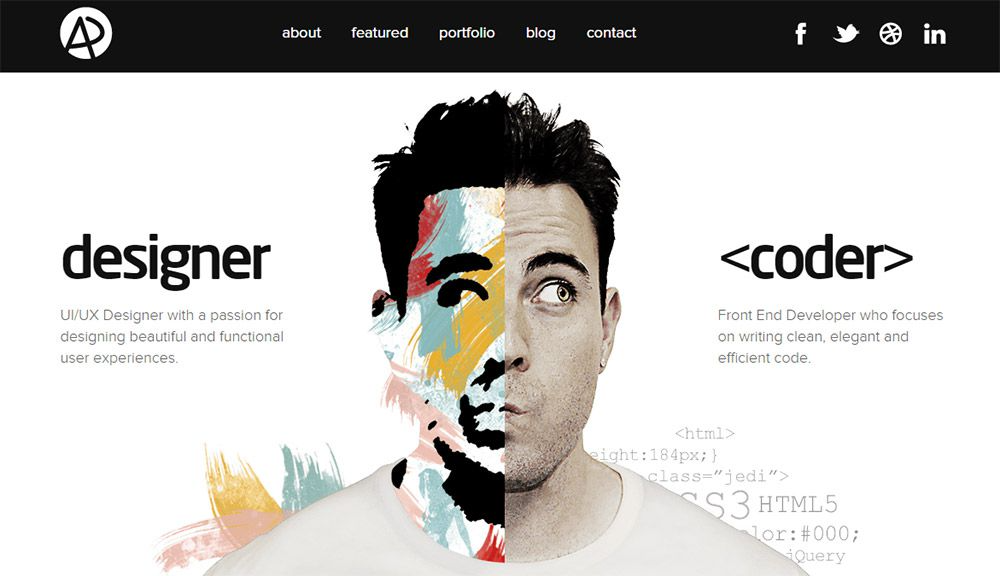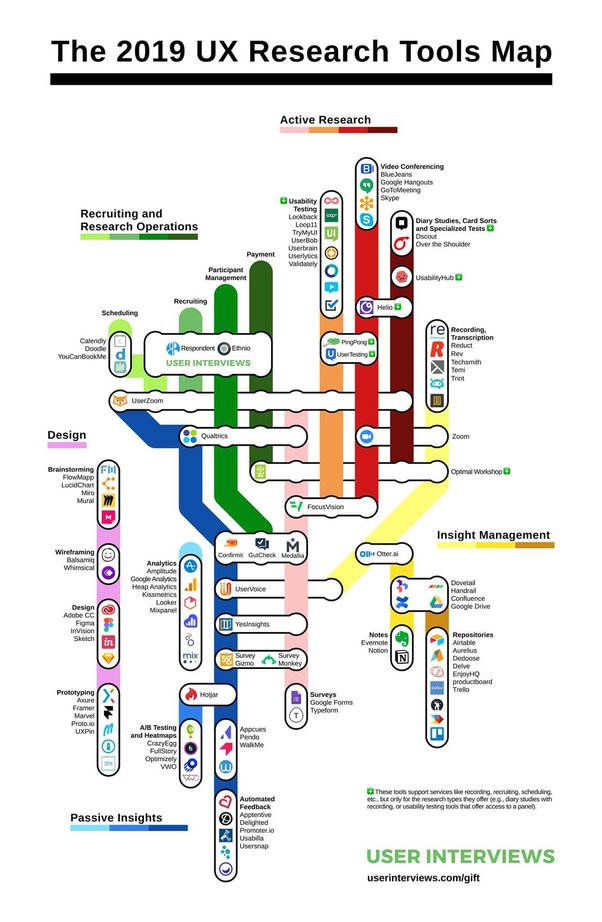
A heuristic analysis is a form or usability test that focuses on the user's experience. It can be used prior to other types of testing such as user-research. The purpose of a heuristic evaluation is to find and flag usability problems. This can assist designers in improving the user experience and ultimately improving the overall performance a digital product.
Two types of heuristics are possible to be classified. There are heuristics for specific products as well as universal ones. These heuristics are a collection of principles that experts use to evaluate the usability of a particular product. Some examples of heuristics are the 10 Usability Heuristics for User Interface Design by Jakob Nielsen and the 6 Design Principles for Usability by Don Norman. There are many usability heuristics that you can choose from, but each one is unique.

Generally, a heuristic evaluation should be conducted by at least three evaluators. However, this can depend on the complexity of the interface. If the project involves a lot of work, it is worth involving five to five evaluators.
Each evaluator has the responsibility of inspecting a specific section of interface and recording feedback. The observations of each evaluator are then analysed and turned into a report that identifies any usability issues. After all evaluations were completed, the experts communicate their findings.
A heuristic evaluation is a quick and simple way to find usability issues. Although it does not offer a solution, it can help you identify the most common user mistakes. It can also serve as an aid to user research.
A heuristic assessment can be very useful for designers and developers. However, it is important that you remember that it can also be subjective. As such, a heuristic evaluation can be less than ideal. For instance, a single evaluator cannot identify all interface problems. However, a group of evaluators should still be able to identify at least 80%.

Hiring an outside expert for a heuristic evaluation can be beneficial. Small start-ups and non-profits may not be able to afford this kind of outside expert. Another option is to have a one-on-1 informal review by a professional. During the review the evaluator should clearly explain his or her reasons for liking the design. A formal user testing session is often conducted along with a Heuristic Evaluation.
An impartial heuristic assessment report can help you identify problems in your user interface. It's faster and more affordable than a full-blown user interface test. Depending on the number and complexity of the evaluators, a heuristic analysis can cost anywhere from $4,000 to $1,000 for a large business to as little as $1,000 for a small start-up. A neutral heuristic analysis can help identify usability issues earlier in the design cycle. This will make it easier and more cost-effective to fix them.
A heuristic evaluation is useful for identifying usability issues and can also provide insights into how a product, website or service could be improved. A heuristic evaluation is a good way to start user testing, even if your budget doesn't allow for multiple evaluators.
FAQ
Which website builder should I use?
You can start small and build a solid web presence. If you have the time or resources to create a complete site, do so. You might start with a simple blog if you don’t have the time or resources. As you learn how websites are designed and developed, you can always add more features.
However, before you create your first website you need to set up a primary URL. This will provide a point to which you can publish content.
What is the cost of building a website?
This question will depend on your goals for your website. Google Sites may not be required if you simply want to provide information about yourself or your company.
However, if you want to attract visitors to your website, you'll likely want to pay for something more robust.
A Content Management System (like WordPress), is the most popular option. These programs allow you to create a website without knowing anything about programming. This is because the sites are hosted and maintained by third-party companies. You don't have any risk of being hacked.
Squarespace is another way to create a website. You can choose from a range of plans, ranging in price from $5 to $100 per monthly depending on what you need.
Do I need a portfolio to get hired as a web designer?
Yes. When you are applying for a job as a web developer or designer, a portfolio is crucial. Your portfolio should include examples of your skills.
Portfolios usually include samples of past projects. These samples can show off your ability to do any task. You should have everything in your portfolio, including mockups.
Are you a technical person who wants to design and build a site?
No. You just need to be familiar with HTML and CSS. You can easily find tutorials online that teach both HTML and CSS.
What is responsive web design?
Responsive Web Design is a method of designing responsive websites. It allows content to display on all devices (desktop computers, tablets and smartphones), so that it can be viewed easily on any device. This allows users the ability to view a website simultaneously on different devices and still have access to other features like navigation menus, buttons, and so forth. The goal of RWD is to ensure that when a user views a site on any screen size, they view the exact version of the site.
For example, if you were building a website for a company whose products sell primarily through eCommerce, you would want to ensure that even if a customer viewed your website on a smartphone, they could easily purchase items from your store.
A responsive site will automatically adjust its layout based on the device being used to view it. A website that is viewed on your laptop will display the same way as a desktop website. The page will look completely different if it's viewed on your smartphone.
This allows you to create one website that works on all devices.
Statistics
- Is your web design optimized for mobile? Over 50% of internet users browse websites using a mobile device. (wix.com)
- Studies show that 77% of satisfied customers will recommend your business or service to a friend after having a positive experience. (wix.com)
- It enables you to sell your music directly on your website and keep 100% of the profits. (wix.com)
- In fact, according to Color Matters, a signature color can boost brand recognition by 80%. There's a lot of psychology behind people's perception of color, so it's important to understand how it's used with your industry. (websitebuilderexpert.com)
- At this point, it's important to note that just because a web trend is current, it doesn't mean it's necessarily right for you.48% of people cite design as the most important factor of a website, (websitebuilderexpert.com)
External Links
How To
How can I start as a UI Designer
Two methods can be used to become a UI developer:
-
You can earn a degree in UI Design by going to school.
-
You can also start your own business.
For you to be able to finish school, you must attend college or university. This includes art, computer science, business, marketing, psychology, etc.
You can also attend classes at state universities and community colleges. Some schools offer programs for free, while others require tuition fees.
You'll need to find work once you have graduated. If you plan to work for your own business, you need to establish a client base. It is essential to establish a professional network so other professionals know you exist.
Opportunities to intern in web development companies are available. Many companies hire interns before they hire full-time staff.
A portfolio will help you get more work once you have established it. You should have work samples and information about the projects you worked on in your portfolio.
It is a smart idea to send potential employers your portfolio via email.
You will need to market your services as a freelancer. You can advertise your services on job boards like Indeed, Freelance, Guru, or Upwork.
Freelancers frequently receive assignments from recruiters who post jobs online. These recruiters are looking for qualified candidates to fill certain positions in specific industries.
These recruiters usually provide a briefing outlining the requirements of the job to the candidate.
While freelancers aren't required to sign contracts for a long time, they can still be paid. However, if you plan to move forward, it is best to negotiate an upfront payment.
Many designers prefer to work directly with clients rather than through agencies. This may sound ideal but many people lack the skills.
Agency workers typically have extensive knowledge of the industry they're working in. They have access the right training and resources to ensure they produce high-quality results.
In addition to these benefits, agency workers usually receive a higher hourly rate.
Working with an agency has the downside of not being able to contact your employer directly.
Being a successful UI designer requires you to be self-motivated, creative.
Additionally, communication skills must be excellent both in written and verbal.
UI designers are responsible in designing websites through the creation of user interfaces (UI), as well visual elements.
They are also responsible for ensuring that the site meets the needs of its users.
This means understanding the needs of visitors and how the site should work.
Wireframes can also be created by UI developers using a variety o tools. Before beginning to design, they use wireframing.
It is easy to create your own wireframes using the online templates.
Some designers concentrate on UI design only, while others mix UI design with graphics design.
Photoshop is a tool used by graphic artists to edit images.
Adobe InDesign is used to create layouts and pages.
Photographers capture images using digital cameras or DSLRs.
They then upload the pictures to a photo editing program where they add text captions, filters, and other effects.
After the shoot, the photographer saves and archives the image in a format compatible with website.
When building a website, it is essential to consider all aspects of the design process.
This includes research and planning, wireframing, prototyping testing, coding, content creation and publishing.
Research – Before starting any new project, it is important to conduct extensive research.
Planning – Once you've done your research, you will want to start developing a plan.
Wireframing – A wireframe is a preliminary sketch or drawing of a webpage or application.
Prototyping-Prototypes ensure that the final product matches your initial vision.
Testing - The prototype should undergo multiple rounds of testing to ensure it works properly.
Coding - Coding refers to the process of writing computer code.
Content Creation – This covers everything from creating copy to managing social accounts.
Publishing entails uploading files to a server and ensuring the site is accessible.
You'll need to be able to understand the different projects you work on as a freelance UX/UI Designer.
Some companies require only wire frames, others require complete prototypes.
Depending upon the type and scope of the project, you may be asked for specific tasks.
You might, for example, be asked to create multiple wireframes if you're being hired to do wireframe design.
If you're asked to develop a site prototype, it may be necessary to make it fully functional.
Regardless of the type of project, it's important to have strong interpersonal skills.
Referrals are what most clients use to hire freelancers. Therefore, it is important that you establish strong relationships with potential employers.
Additionally, communication skills are essential.
A portfolio is an important part of any freelancer's arsenal.
It is a showcase of your work and a demonstration of your ability produce high-quality outputs.
You can do it online with a professional portfolio.
Finding websites similar to yours is the best way to start.
You can then search these websites to find out which one offers its services.
Once you identify what you think are the best practices, go ahead and adopt them.
You can also include links to your portfolio in your resume.